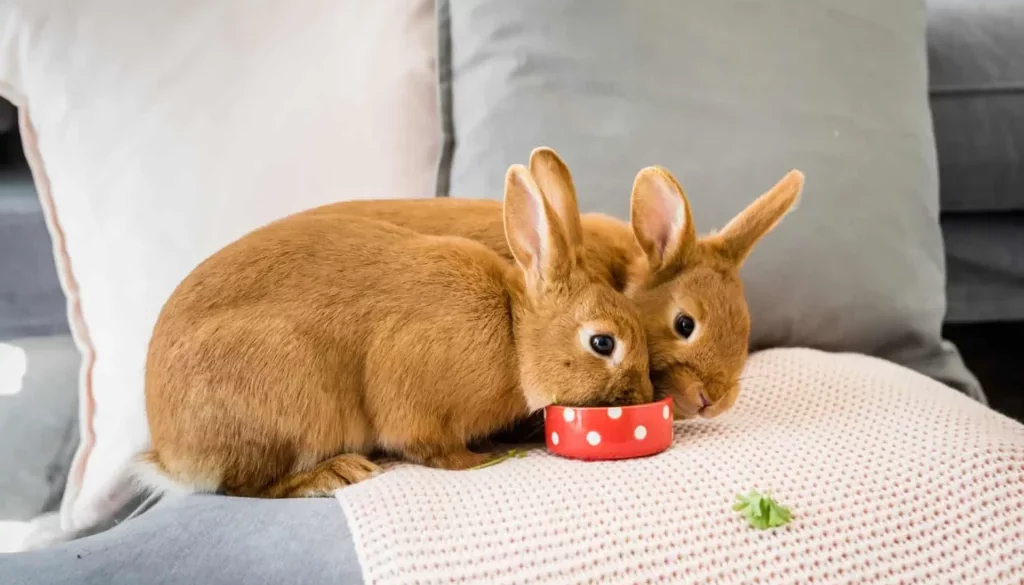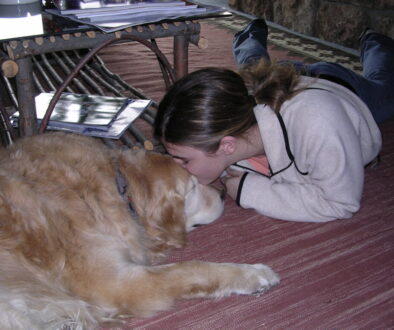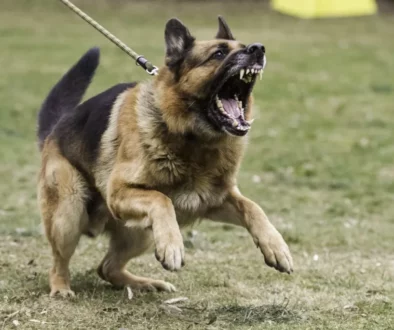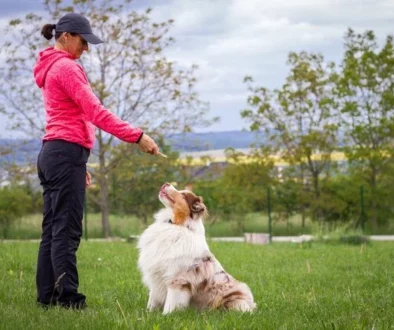How to Train Your Rabbit: From Biting to Binkying
Are you struggling to train your rabbit? Don’t worry, we’ve got you covered with expert tips and techniques to effectively train your rabbit from biting to binkying. Rabbits are adorable creatures that make wonderful companions. However, just like any other pet, they require proper training to ensure good behavior and a harmonious relationship with their owners. This article will guide you through the process of training your rabbit, addressing common issues like biting, and promoting positive behaviors such as binkying. By following these steps, you can establish a strong bond with your furry friend and create a fulfilling training experience.
Rabbits are intelligent animals that can be trained to obey commands and perform tricks. Training not only helps in preventing unwanted behaviors but also strengthens the bond between you and your rabbit. A well-trained rabbit is more confident, sociable, and easier to handle. Therefore, investing time and effort in training is essential to ensure a happy and fulfilling relationship with your furry companion.
Understanding Rabbit Behavior
To effectively train your rabbit, it’s crucial to understand their natural instincts and communication cues. Rabbits are prey animals, which means they have developed certain behaviors to survive in the wild. These behaviors include digging, chewing, and marking territory. Additionally, rabbits communicate through body language, vocalizations, and scent signals. By observing and interpreting these behaviors, you can better understand your rabbit’s needs and motivations.
Building Trust and Bond
Building trust and a strong bond with your rabbit is the foundation of successful training. Create a safe and comfortable environment for your rabbit, providing them with a cozy hutch or enclosure. Spend quality time with your rabbit and establish a routine to build familiarity and predictability. Offering treats, gentle petting, and positive reinforcement will help your rabbit associate you with positive experiences, strengthening the bond between you.
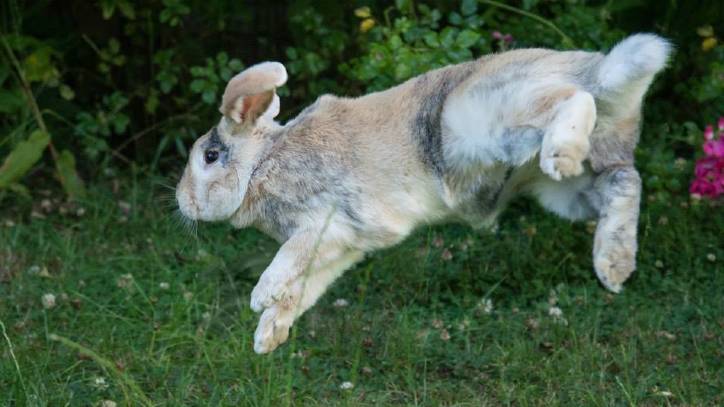
Basic Obedience Training
Teaching your rabbit basic obedience commands like “come” and “stay” is fundamental for their safety. Start by using a clicker or a specific verbal cue to signal the desired behavior. Pair the cue with a treat and repeat the process until your rabbit learns to associate the command with the action. Be patient, as rabbits might take longer to learn commands compared to other pets. Using positive reinforcement techniques, such as rewarding with treats or praise, will motivate your rabbit to obey commands.
Litter Training
Litter training is crucial for keeping your rabbit’s living space clean and odor-free. Begin by selecting the right litter box that is large enough for your rabbit to comfortably move around in. Place some of your rabbit’s droppings in the litter box to encourage them to use it. If your rabbit is eliminated outside the litter box, gently place them in the box and reward them when they use it correctly. Consistency and patience are key when litter training your rabbit.
Stop Biting Behavior
Biting is a common issue during rabbit training, but it can be addressed with the right techniques. Understanding the reasons behind biting, such as fear, pain, or territoriality, will help you address the root cause. When your rabbit bites, make a high-pitched noise or say “no” firmly to indicate that their behavior is undesirable. Redirect their attention to a chew toy or provide an alternative behavior to replace biting. With consistent training and positive reinforcement, you can discourage biting behavior in your rabbit.
Teaching Tricks and Agility
Rabbits are capable of learning tricks and participating in agility training. Start by choosing tricks that are suitable for your rabbit’s abilities and natural inclinations, such as hopping over small obstacles or retrieving objects. Use positive reinforcement techniques and break the training process into small, manageable steps. Patience and consistency are key during trick and agility training sessions. Gradually increase the level of difficulty as your rabbit gains confidence and proficiency.
Handling Fear and Aggression
Rabbits can exhibit fear and aggression in certain situations. It’s important to identify the triggers that cause these behaviors and address them appropriately. Providing hiding spots or safe areas for your rabbit can help them feel secure. If your rabbit displays aggression, consult with a veterinarian or a professional animal behaviorist to develop a behavior modification plan. It’s crucial to address fear and aggression issues promptly to maintain a safe and peaceful environment for both you and your rabbit.
Socializing with Other Pets and Humans
Socializing your rabbit with other pets and humans is essential for their overall well-being and sociability. Introduce your rabbit to other animals gradually, starting with controlled and supervised interactions. Reward positive behavior and provide a safe space for your rabbit to retreat to if they feel overwhelmed. Similarly, expose your rabbit to different humans, allowing them to build trust and confidence. Positive social interactions will help your rabbit feel comfortable in various environments.
Encouraging Binkies and Happy Behavior
Binkies are joyful leaps and twists that rabbits exhibit when they are happy and content. Promoting a playful and stimulating environment is key to encouraging binkies and happy behavior in your rabbit. Provide plenty of toys, tunnels, and opportunities for exploration. Spend quality time with your rabbit, engaging in gentle play and allowing them to roam in a safe and supervised area. Creating a positive and enriching environment will stimulate your rabbit’s natural behaviors and promote happiness.
Common Training Challenges and Solutions
During the training process, you may encounter challenges, such as stubbornness or distractions. Overcoming stubbornness requires patience and persistence. Break the training tasks into smaller steps and reward progress along the way. If distractions hinder your rabbit’s focus during training sessions, gradually introduce the distractions in a controlled manner, helping your rabbit adapt and concentrate. Consistency and positive reinforcement are essential in overcoming these challenges and achieving training goals.
Maintaining Consistency and Patience
Consistency is crucial in training your rabbit. Use the same cues, commands, and rewards consistently to avoid confusion. Stick to a regular training schedule and establish clear boundaries. Remember that rabbits require patience, as they learn at their own pace. Rushing the training process may lead to frustration for both you and your rabbit. Instead, celebrate small achievements and progress, reinforcing positive behaviors and nurturing a supportive environment.
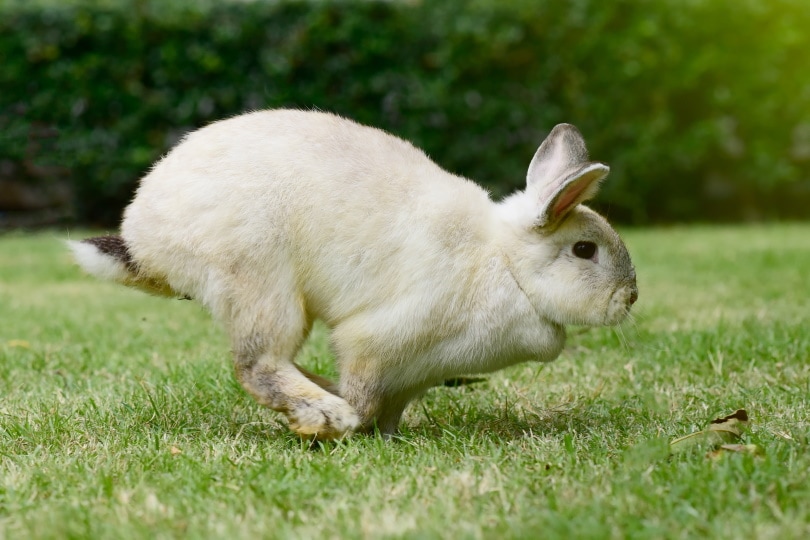
Monitoring Progress and Adjusting Training Techniques
To ensure effective training, monitor your rabbit’s progress regularly. Keep track of their response to commands, their litter training success, and any signs of improvement or setbacks. Based on your observations, adjust your training techniques if needed. Modify the training methods, commands, or rewards to suit your rabbit’s individual needs. Flexibility and adaptability in training techniques will help you achieve better results and address specific challenges your rabbit may face.
Tips for a Successful Training Experience
To make your training experience successful, set realistic goals for your rabbit. Break down complex tasks into smaller, achievable steps. Celebrate each milestone and reward your rabbit for their efforts. Keep training sessions short and engaging to maintain your rabbit’s interest and focus. Use positive reinforcement consistently throughout the training process. Remember that training is a journey, and progress may vary from rabbit to rabbit. Enjoy the experience and cherish the bond you’re building with your furry friend.
Conclusion
Training your rabbit is a rewarding journey that not only ensures good behavior but also strengthens the bond between you and your pet. By understanding rabbit behavior, building trust, and using positive reinforcement techniques, you can train your rabbit to obey commands, use a litter box, and even perform tricks. Be patient, consistent, and understanding throughout the training process, allowing your rabbit to develop into a well-behaved and joyful companion.
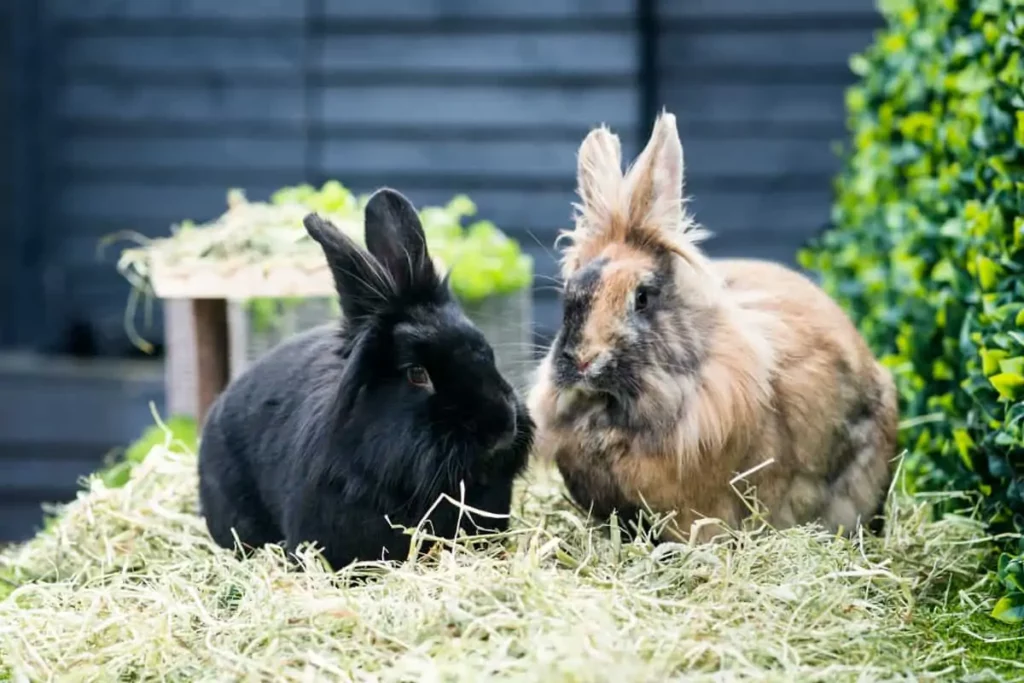
FAQs: Train Your Rabbit
How long does it take to train a rabbit?
Training timelines can vary depending on the rabbit’s temperament and past experiences. While some rabbits may learn quickly, others may take more time. Patience and consistency are key to successful training.
Can all rabbits learn tricks?
Yes, most rabbits can learn tricks with the right training and motivation. It’s important to choose tricks that are suitable for your rabbit’s abilities and natural instincts.
Is punishment effective in rabbit training?
No, punishment is not recommended in rabbit training. Rabbits respond better to positive reinforcement, such as treats, praise, and gentle petting. Punishment can cause fear and negatively affect your rabbit’s trust and training progress.
How often should I train my rabbit?
Training sessions should be kept short and frequent. Aim for a few minutes of training every day to maintain your rabbit’s interest and progress. Adjust the frequency based on your rabbit’s individual needs and attention span.
Also Read:
